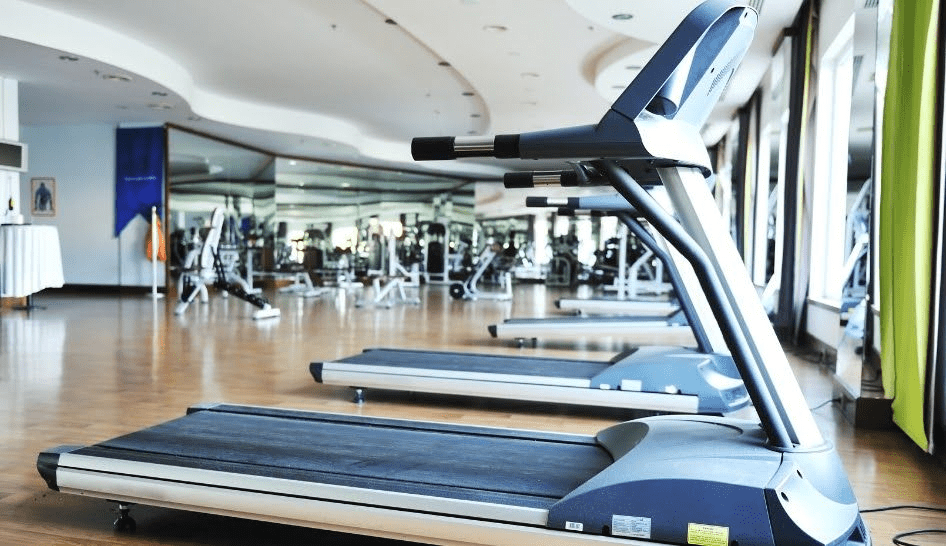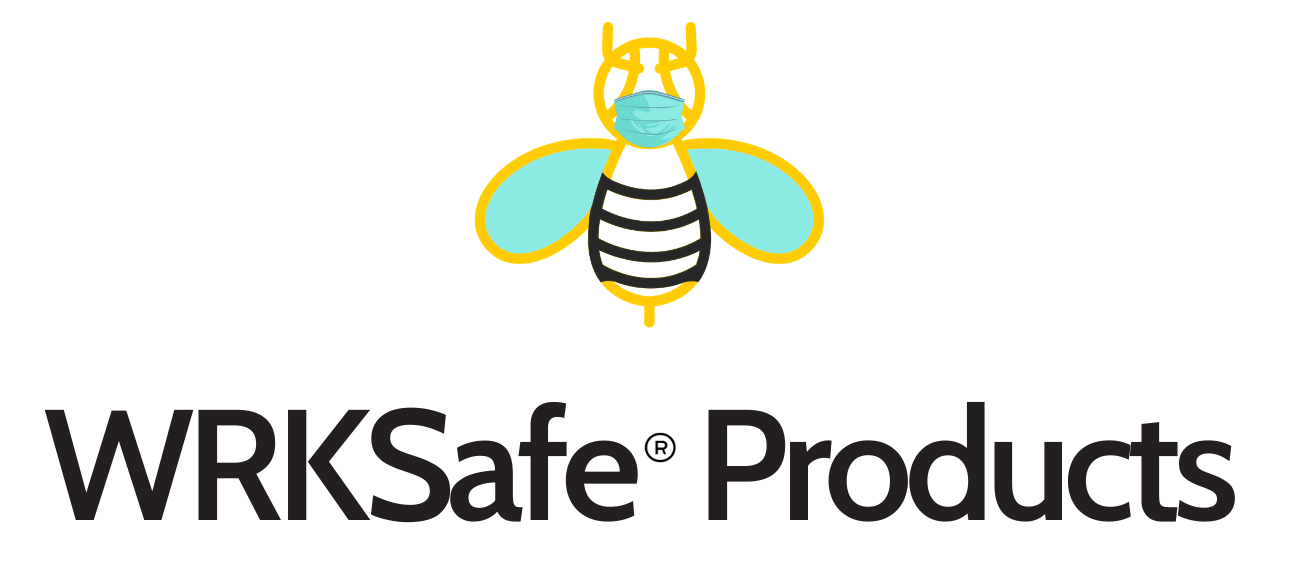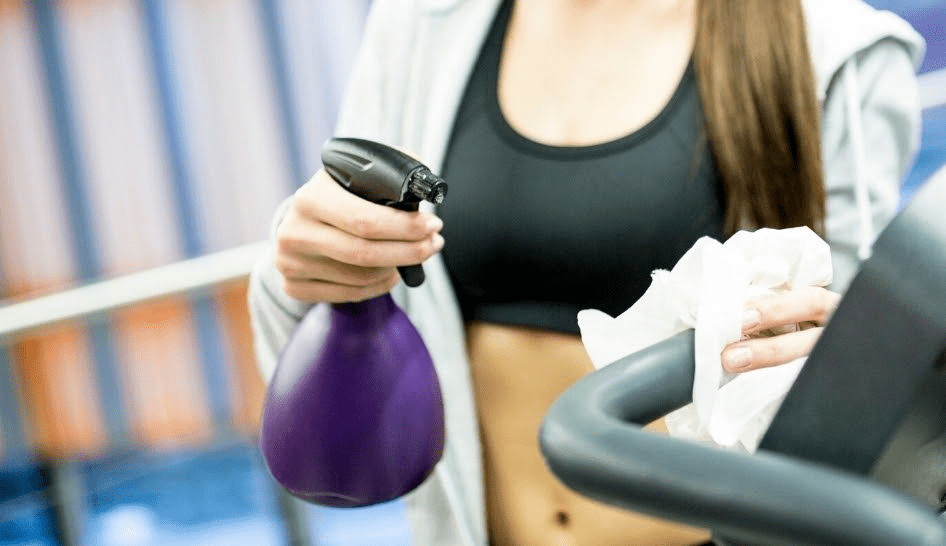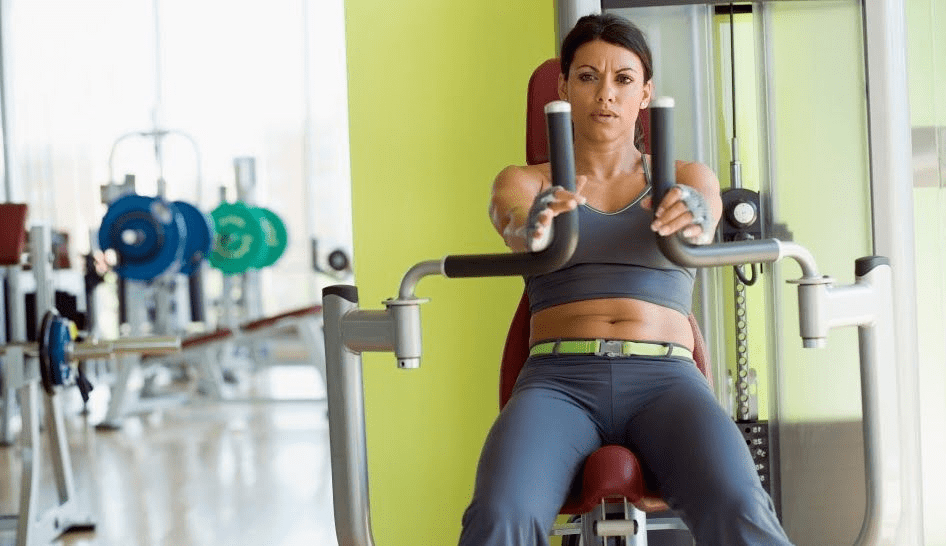As coronavirus related stay-at-home orders enter their second month in many regions, businesses and policymakers are starting to consider when—and how—to reopen the economy. Several countries, as well as U.S. states, have begun discussing a gradual return to business under certain circumstances. Some countries, including China, have been open with strict, incrementally easing regulations for over a month, and countries such as Sweden and Taiwan
have kept clubs open throughout.
Any reopening of fitness centers will include extensive social distancing and enhanced cleaning in the initial phase. International and national guidelines currently recommend people stay at least six feet—or roughly two meters—away from each other in public. Nevertheless, reopening businesses will need to go
further. Clubs will need to outline new cleaning protocols and ensure adequate staffing and supplies to execute these plans.
With any plan, it is essential that the decision to reopen complies with the most up-to-date information from national, regional, state, and local authorities with regards to a reopening timetable and any restrictions you must put in place upon reopening.
Here are questions to consider as you begin planning how—and when—to open your club. We’ve broken down the questions into four categories:
1. Containment,
2. Cleaning and Sanitation,
3. Staffing, and
4. Operations.

Health Club Reopening Plan: Containment
1. How will your club limit the number of people in the facility at one time to comply with social distancing requirements, and how will this be monitored and
enforced?
According to Pure International Group CEO Colin Grant, when clubs in China first opened, members could reserve access to the club in 90-minute time
blocks, and staff cleaned the club for an hour between these appointments.
Staff will need to be factored into the number of people in the club at one time if your government has put limits in place.
2. Will you reopen group or small group exercise with extreme social distancing?
If you do open group exercise classes, how will you ensure classes are formatted to avoid sharing equipment and spaces?
3. What will you do about your virtual offerings? Will you continue group classes virtually? What about personal training? How will reopening impact virtual offerings?
For example, some at-risk groups (older people, people with chronic disease) may not be able to return right away. Virtual offerings can still be of great benefit
to these groups, and reopening planning could be a good time to consider how virtual services fit into your plans moving forward.
4. How will you enforce social distancing on cardio machines, in the free weigh area, or other club locations such as locker rooms or pool areas?
Some clubs may place towels or signs over every other machine or—if it is safe to do so—strategically unplug or switch off machines or just move them off the floor. Social distancing may be more challenging in the free weight area or areas where movement is more fluid.
5. What changes to policies or procedures will you implement to prevent people from congregating in certain areas?
For example, will your usual setup for check-in bring people into close quarters, making safe social distancing impossible? Some reopening clubs have kept
locker rooms closed, except for bathroom facilities, to maintain social distancing.
Health Club Reopening Plan: Cleaning & Sanitation
6. How often will staff clean machines and surfaces? How will you clean group X studios between classes, if you offer them? What cleaning products will they use for each?
An outline of cleaning protocols and a schedule will help you coordinate staffing and supply needs.
7. Are there any hard-to-clean items you should remove from the floor?
Examples may include bands, hand weights, yoga blocks, mats and towels for stretching, and certain types of foam rollers.
8. Are there any additional cleaning procedures you will add, such as ultraviolet light or fog cleaning?
Consider how this will impact supply and staffing needs. Start researching vendors early to ensure you have the supplies needed to implement your plan.
IHRSA’s Club Business Exchange and Group Purchasing Program may be helpful resources. Additionally, consider whether employees can be present
during certain procedures like fog cleaning, and if not, how will you time when they are done.
9. How will staff who are responsible for cleaning be protected from exposure?
For example, will they be provided or required to wear gloves or face coverings?
In some areas, this is mandated by law; in other areas consumer preference defacto requires it. In China, club staff and members use masks. However, in
many parts of the world masks are not accessible to consumers due to shortages of these items for healthcare workers.
10. Will you require members and staff who are not cleaning to wear protective clothing, such as a face cover?
The CDC now recommends “wearing cloth face coverings in public settings where other social distancing measures are difficult to maintain.” Cloth face coverings can add a layer of protection, given that COVID-19 can be transmitted by people who are not showing any symptoms and don’t know they are infected.
11. How will you communicate and enforce good member cleaning practices?
For example, how will you ensure your members clean their equipment and space before and after use, wash hands regularly, and cover their cough? What can you put in place to make good cleaning and hygiene practices easy for them?
Health Club Reopening Plan: Staffing
12. How many staff members do you need to carry out phase one reopening?
13. Which staff members will you bring back on board to fill these roles, and how will you communicate any changes to responsibilities or roles?
14. What will you do to ensure your practices protect returning staff from exposure to COVID-19? Will you test employees for COVID-19 before the return to work if testing is available? Will you do daily monitoring of employee health (e.g. temperature checks)?
15. What additional training will employees need before the club reopens in a post-COVID-19 environment?
Health Club Reopening Plan: Operations
16. How will you time the reopening of different sections of your club? Will you reopen all at once, or in stages?
In China, clubs reopened the main facilities in phase one, according to Colin Grant, while locker rooms, showers, and pools remained closed. Some clubs have chosen to allow locker rooms to remain open for bathrooms, but not for changing. Consider which segments of your club you plan to open first, and outline a timeline for reopening subsequent segments.
17. Do you need to make any upgrades or changes to your current services to meet new needs that come with a limited reopen?
For example, if you decide that members need to book a time slot to visit the club, does your software currently support that?
18. Are there any services you have implemented during closure that you will continue after you reopen?
Consider whether these services will be accessible to the public, how they will be priced, and who they will align with existing services.
These 18 questions are just a sampling of the many topics on club operators’ and owners’ minds right now as they develop their reopening plans.
IHRSA will continue to collaborate with global health officials and government bodies to identify key considerations based on best available science. We will also collect best practices from clubs around the world and develop more resources on cleaning and sanitation and operations to support clubs as they plan to reopen.



